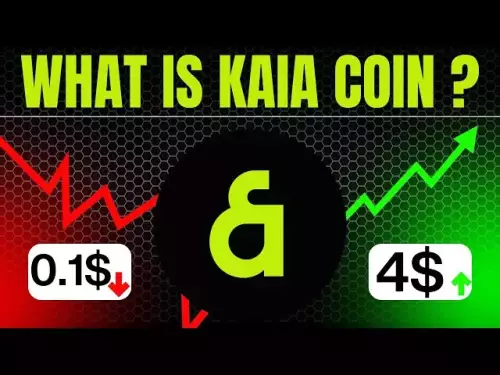Explore the intersection of whale activity, DOT miners, and blockchain infrastructure, uncovering key trends and insights driving the crypto market.

Whales, DOT Miners, and Blockchain Infrastructure: Decoding the Trends
The crypto world is always buzzing, and lately, there's been a lot of chatter around whales making big moves, the rise of "DOT miners," and the evolving blockchain infrastructure. Let's dive in and see what's shaking.
Whale Watching: ETH and XRP in the Spotlight
Big players, or "whales," are making waves in the crypto ocean. We've seen significant Ethereum (ETH) accumulation by whales, signaling strong institutional confidence. Despite recent pullbacks, these whales are loading up, viewing dips as long-term opportunities. This activity creates optimism for the entire Ethereum ecosystem, with projects like MAGACOIN FINANCE benefiting from the renewed momentum.
Simultaneously, XRP is experiencing a surge in activity, with whale accounts quietly purchasing over $1.1 billion worth. This inflow, led by institutions and high-net-worth individuals, is setting the stage for a potential XRP surge. Analysts are pointing to rising ETF expectations and continued whale holdings as indicators that XRP prices could break through key resistance levels.
DOT Miners: Democratizing Blockchain Infrastructure
Platforms branded as “DOT miners” are gaining traction, offering cloud-based blockchain infrastructure solutions. These platforms allow users to participate in blockchain validation and mining activities without the hefty upfront investment in hardware. By leasing computing power from renewable-energy data centers, users can monitor performance through online dashboards. DOT Miners emphasizes transparency and renewable-energy operations, attracting attention from both institutional and retail participants.
How DOT Miners Works
DOT Miners allows you to participate in blockchain validation and mining without building your own hardware. You lease computing power from renewable-energy data centers and monitor performance through an online dashboard. New registrants can explore a trial account with limited computing power before committing financially. Operations and payouts are automated, and users can view contract performance in real time.
Layer-3 Networks: The Missing Link
While Layer-2 networks have addressed blockchain's scalability issues, they've also introduced fragmentation and governance challenges. Layer-3 networks are emerging as a solution, offering more intelligent coordination and robust governance models. Orbs, for example, acts as a decentralized “service layer” above L2s, enhancing performance and bringing increased functionality and interoperability. Orbs facilitates seamless interoperability between L1s and L2s, offers a superior governance model, and provides benefits around dispute resolution, decentralized identities, and off-chain data integration.
The Future is Decentralized (and Maybe a Little Whale-y)
The intersection of whale activity, DOT miners, and Layer-3 networks points to a maturing crypto landscape. Whales are driving market momentum, DOT miners are democratizing access to blockchain infrastructure, and Layer-3 networks are paving the way for a more interconnected and user-friendly Web3 experience. It's an exciting time to be in crypto, so buckle up and enjoy the ride!







































![\SOREVILLE\ by Zoogie 100% [1 Coin] \SOREVILLE\ by Zoogie 100% [1 Coin]](/uploads/2025/10/15/cryptocurrencies-news/videos/soreville-zoogie-coin/68eef24487e4e_image_500_375.webp)
![Staking ATH: How To Stake $ATH in October 2025 with 523% APY — [Step-By-Step Guide] Staking ATH: How To Stake $ATH in October 2025 with 523% APY — [Step-By-Step Guide]](/uploads/2025/10/15/cryptocurrencies-news/videos/staking-ath-stake-ath-october-apy-stepstep-guide/68eef94d80903_image_500_375.webp)





































